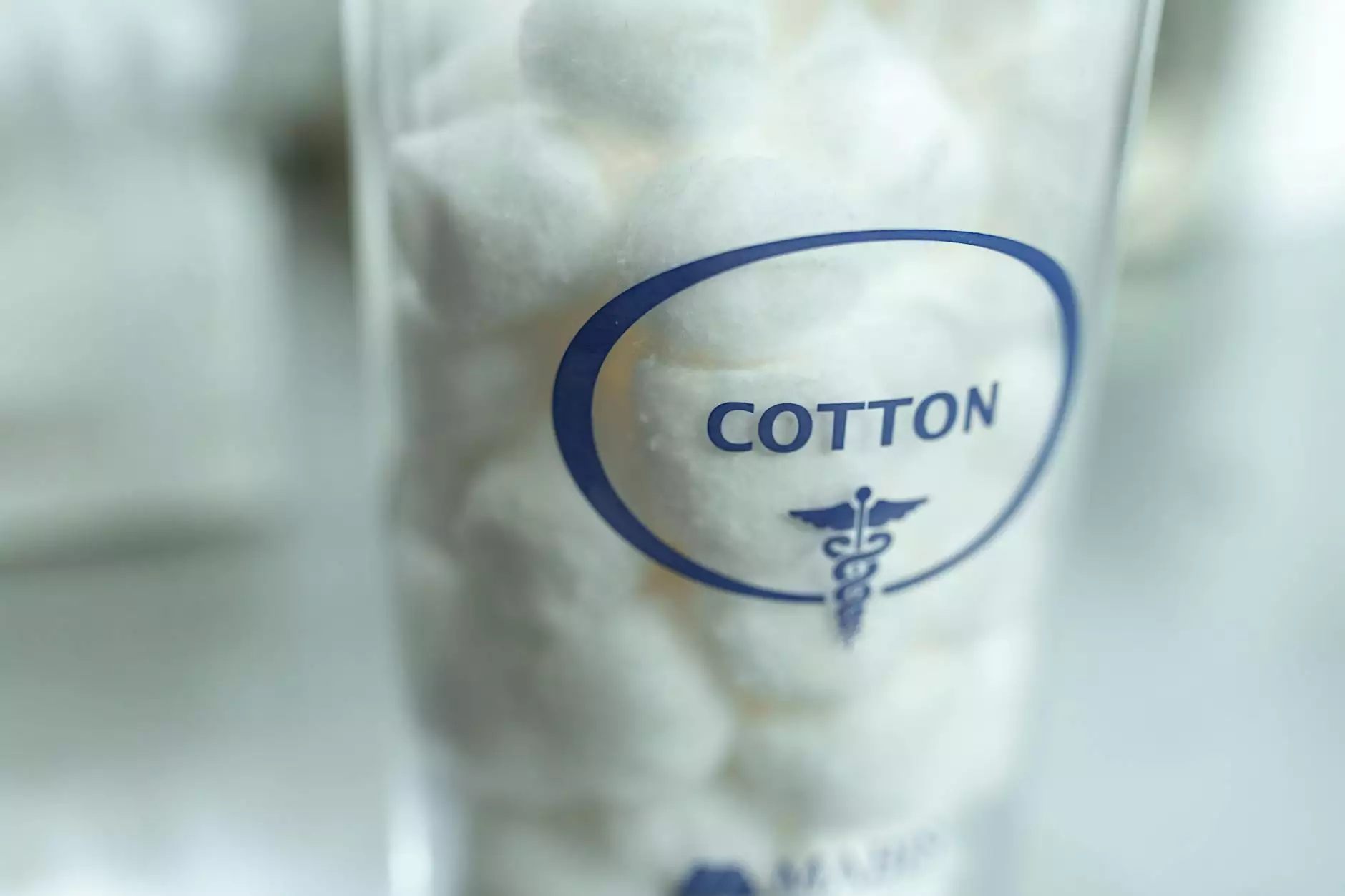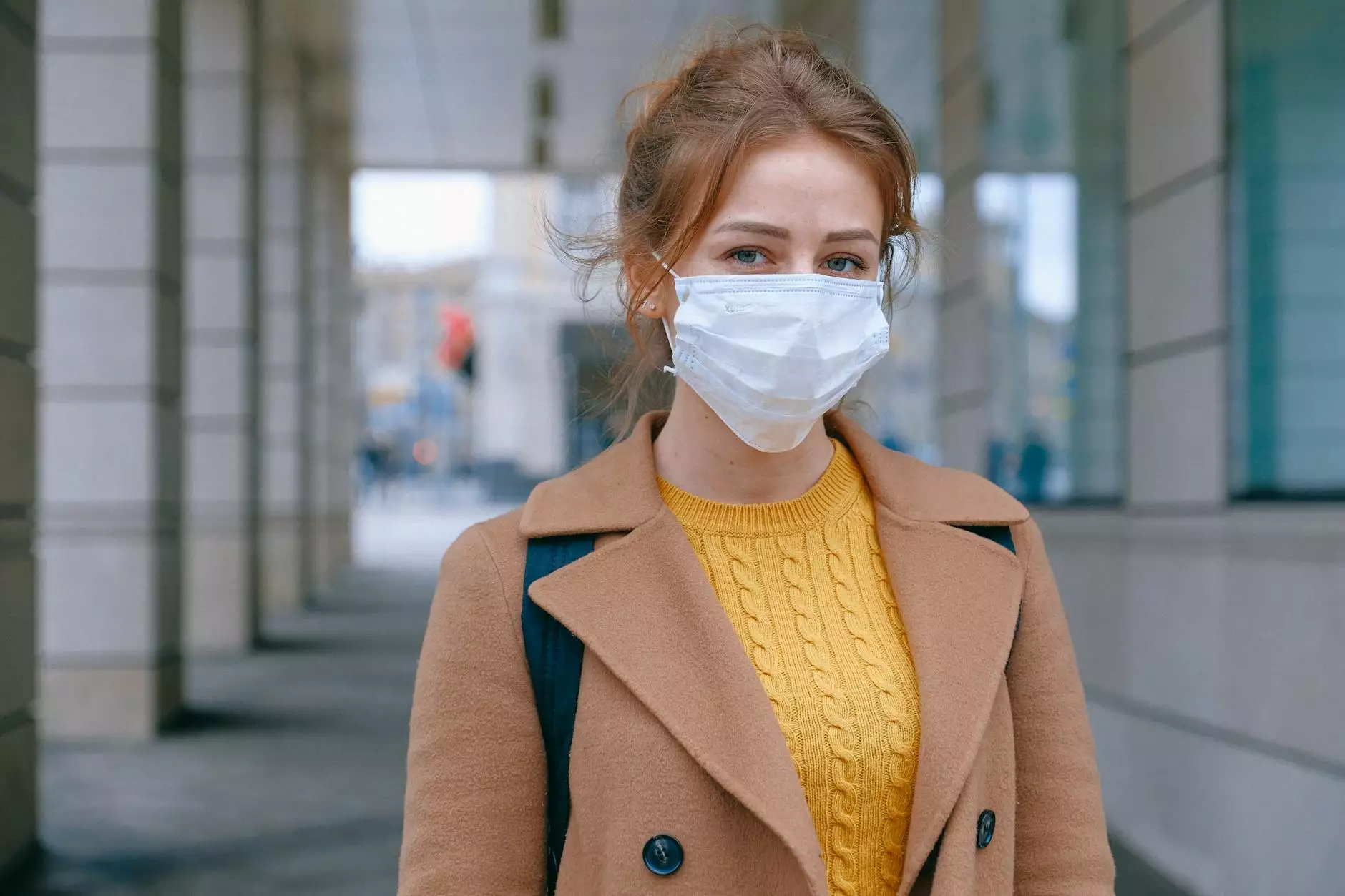The Essential Guide to Medical Disinfectant Solutions

In today's healthcare environment, ensuring a sterile and safe atmosphere is paramount. As such, the role of a medical disinfectant solution cannot be overstated. These solutions are vital in preventing the spread of infections and diseases, especially in hospitals, clinics, and other medical facilities. This article delves into the importance, types, applications, and best practices associated with medical disinfectant solutions, helping you understand their significance in the healthcare sector.
Why Medical Disinfectant Solutions are Crucial
The healthcare industry deals with numerous pathogens, including bacteria, viruses, and fungi. These harmful microorganisms can easily transmit between patients, healthcare professionals, and equipment if not adequately managed. Therefore, the use of medical disinfectant solutions is essential for:
- Infection Control: Disinfectants help eliminate or reduce pathogens, thus controlling the spread of infections.
- Protecting Patients: A sterile environment is necessary to protect vulnerable patients from nosocomial infections.
- Regulatory Compliance: Healthcare facilities must comply with health and safety regulations, which often include strict disinfection protocols.
- Enhancing Operational Efficiency: Effective disinfection procedures can minimize cross-contamination, thus promoting better patient flow and outcome.
Types of Medical Disinfectant Solutions
Understanding the different types of medical disinfectant solutions is vital for their effective application. Below are the primary categories:
1. Alcohol-Based Disinfectants
Alcohol-based disinfectants, primarily made with isopropyl or ethyl alcohol, are widely used due to their rapid action against a broad spectrum of microorganisms. They are especially effective against bacteria and some viruses. However, they may not be suitable for dirty surfaces, as organic matter can reduce their efficacy.
2. Chlorine Compounds
Chlorine compounds, such as sodium hypochlorite, are potent disinfectants known for their effectiveness against bacteria, viruses, and fungi. They are often used for disinfecting surfaces and instruments due to their broad spectrum of activity. However, they need proper dilution and handling to ensure safety and effectiveness.
3. Quaternary Ammonium Compounds (Quats)
Quaternary ammonium compounds are widely used in healthcare settings for disinfecting surfaces. They are effective against a range of microorganisms and are often used for cleaning non-critical surfaces. They are less corrosive than chlorine and are often safe for use on various materials.
4. Hydrogen Peroxide
Hydrogen peroxide is a versatile disinfectant that can be used in both liquid and vapor form. It is effective against bacteria, viruses, and spores. Hydrogen peroxide is notable for breaking down into water and oxygen, making it an environmentally friendly option.
5. Phenolic Compounds
Phenolic compounds, derived from phenol, are effective disinfectants with strong antimicrobial properties. However, they are more commonly used in hospital settings for disinfecting non-critical surfaces due to their potential toxicity and skin irritation.
Application of Medical Disinfectant Solutions
The application of medical disinfectant solutions requires specific knowledge and adherence to guidelines to ensure optimal effectiveness. Below are best practices for using these disinfectants in healthcare settings:
1. Surface Preparation
Before applying any medical disinfectant solution, it is essential to clean surfaces to remove dirt, organic matter, and grease. This step ensures that the disinfectant can work effectively without interference.
2. Follow Manufacturer Instructions
Each disinfectant comes with specific instructions on dilution, application, and contact time. Always follow these guidelines to maximize the disinfectant's efficiency and ensure safety.
3. Ensure Correct Application Method
Disinfectants can be applied through various methods, including spraying, wiping, or immersion. Choose the method appropriate for the type of disinfectant and the surface being treated.
4. Allow Sufficient Contact Time
After applying a disinfectant, it is crucial to allow it to remain wet on the surface for the recommended contact time. This duration varies by product and is critical for effective disinfection.
5. Regular Training and Protocol Updates
Healthcare staff should receive regular training on disinfection protocols and changes in guidelines to enhance safety and effectiveness. Keeping abreast of the latest recommendations can significantly impact infection control efforts.
The Importance of Safety in Using Disinfectants
While disinfectants play a crucial role in infection control, they also require careful handling to ensure the safety of healthcare personnel and patients. Here are essential safety tips:
- Personal Protective Equipment (PPE): Always wear appropriate PPE, including gloves and masks, when handling disinfectants to prevent skin and respiratory irritation.
- Ventilation: Ensure adequate ventilation in areas where disinfectants are being used to reduce inhalation risk.
- Storage: Store disinfectants in a cool, dry place, away from direct sunlight and out of reach of unauthorized personnel.
- Emergency Procedures: Familiarize staff with emergency procedures in case of spills or exposure.
Innovations in Disinfectant Solutions
As science and technology evolve, so do disinfectant solutions. Here are some innovations enhancing the effectiveness of medical disinfectants:
1. Nanotechnology
Nanotechnology in disinfectants aims to create more effective antimicrobial agents at the nanoscale, which can target pathogens while being less harmful to human cells.
2. Enhanced Formulations
Research into enhancing traditional disinfectants with additional antimicrobial agents increases their efficiency and efficacy, making them effective against resistant strains of bacteria and viruses.
3. Smart Disinfectants
Smart disinfectants can respond to environmental conditions, adjusting their properties and actions in real-time to optimize pathogen elimination.
Conclusion
In summary, medical disinfectant solutions are indispensable in maintaining hygiene and preventing infections within healthcare settings. By understanding the types of disinfectants, their applications, safety measures, and emerging technologies, healthcare facilities can leverage these critical tools to safeguard patient health and enhance overall operational efficiency. As we move forward, embracing innovation in disinfectant technologies will become increasingly important in the fight against infectious diseases, ensuring a safer and healthier environment for everyone.
For more information on high-quality medical disinfectant solutions, visit medalkan.com.



